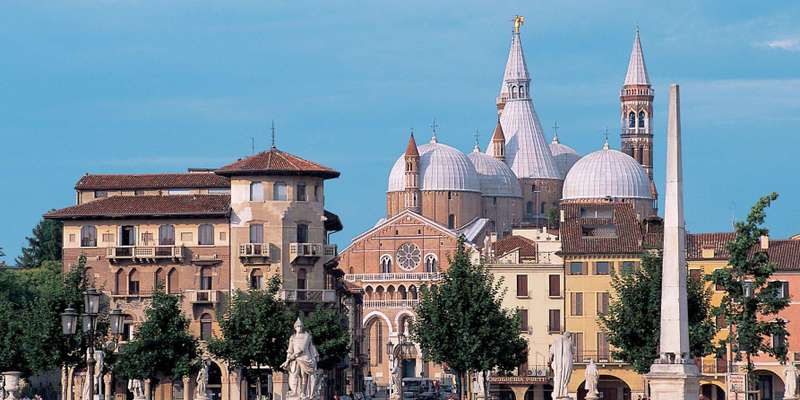- Home
- Useful Tips
- Accessible routes through...
Navigating historic university districts presents unique challenges for wheelchair users, with 78% of travelers reporting accessibility issues in European heritage cities. Padua's cobbled streets and medieval architecture, while charming, create unexpected barriers that disrupt itineraries and cause unnecessary stress. The absence of clear accessibility information forces many visitors to abandon planned routes or miss key cultural sites entirely. This gap leaves wheelchair users facing last-minute detours or inaccessible attractions in a city where 40% of historic buildings lack modern adaptations. Local insights become crucial for discovering the smooth pathways and adapted entrances hidden within this academic hub's labyrinthine alleys.


Mapping Padua University's accessible pathways
The heart of Padua's university district reveals several wheelchair-friendly routes when you know where to look. Start at Palazzo Bo, where a side entrance on Via VIII Febbraio provides ramp access to the historic courtyard. From here, a continuous accessible path leads through Via San Francesco to the Botanical Garden – Europe's oldest – which features tactile routes and elevated plant beds. Local custodians recommend avoiding the picturesque but uneven Via Roma stones, instead taking the smoother Via Umberto I pedestrian zone. Several Renaissance courtyards in the area have discreet ramps installed for staff access, which wheelchair users can request by asking porters. The university's geography department publishes updated accessibility maps each semester, available at tourist offices.
Overcoming unexpected barriers in historic buildings
Many wheelchair users encounter surprise obstacles at Padua's ancient university buildings, where modern accessibility features blend subtly into the architecture. The famous Anatomy Theater requires advance notice for lift access to its steep-tiered seating, while the Galileo Gallery offers a wheelchair-accessible viewing platform overlooking his original lecture hall. Local guides suggest visiting between 10am-noon when building staff are most available to deploy temporary ramps. For the Carrarese Library, use the freight elevator near the courtyard's right pillar – a detail only regular visitors know. Some cobbled areas become navigable after rain when the stones settle tighter, and early mornings provide clearer paths before crowds gather.
Accessible dining and rest spots near campus
Finding wheelchair-friendly cafes in Padua's university quarter requires local knowledge, as many establishments have unmarked step entrances. Osteria dei Fabbri stands out with its wide doorway and movable seating, while Pasticceria Graziati offers accessible restrooms rarely found in historic bakeries. The scientific district's Caffè Pedrocchi has a ramp at its northeast entrance, though staff may need to clear outdoor tables during peak hours. For quiet breaks, the Orto Botanico's medicinal plant garden provides shaded benches along wide gravel paths. University cafeterias like San Francesco welcome visitors and have height-adjusted counters, though they're less crowded after 2pm when student meals end.
Local resources for stress-free navigation
Padua's university community maintains several underpublicized resources for wheelchair users. The student-run Accessible Padua Project offers free downloadable audio guides describing barrier-free routes between landmarks. At the Palazzo del Bo's welcome desk, ask for the 'blue sticker map' marking all automatic doors and accessible bathrooms within a 1km radius. Physics department volunteers run a weekend accessibility hotline (+39 049 827 7088) to report new obstacles or request route advice. Many wheelchair users find the municipal 'Pedibus' electric shuttle service invaluable for crossing the district's challenging areas, with priority boarding at Piazza Cavour. These local solutions transform what could be a frustrating experience into seamless exploration of this academic treasure.



